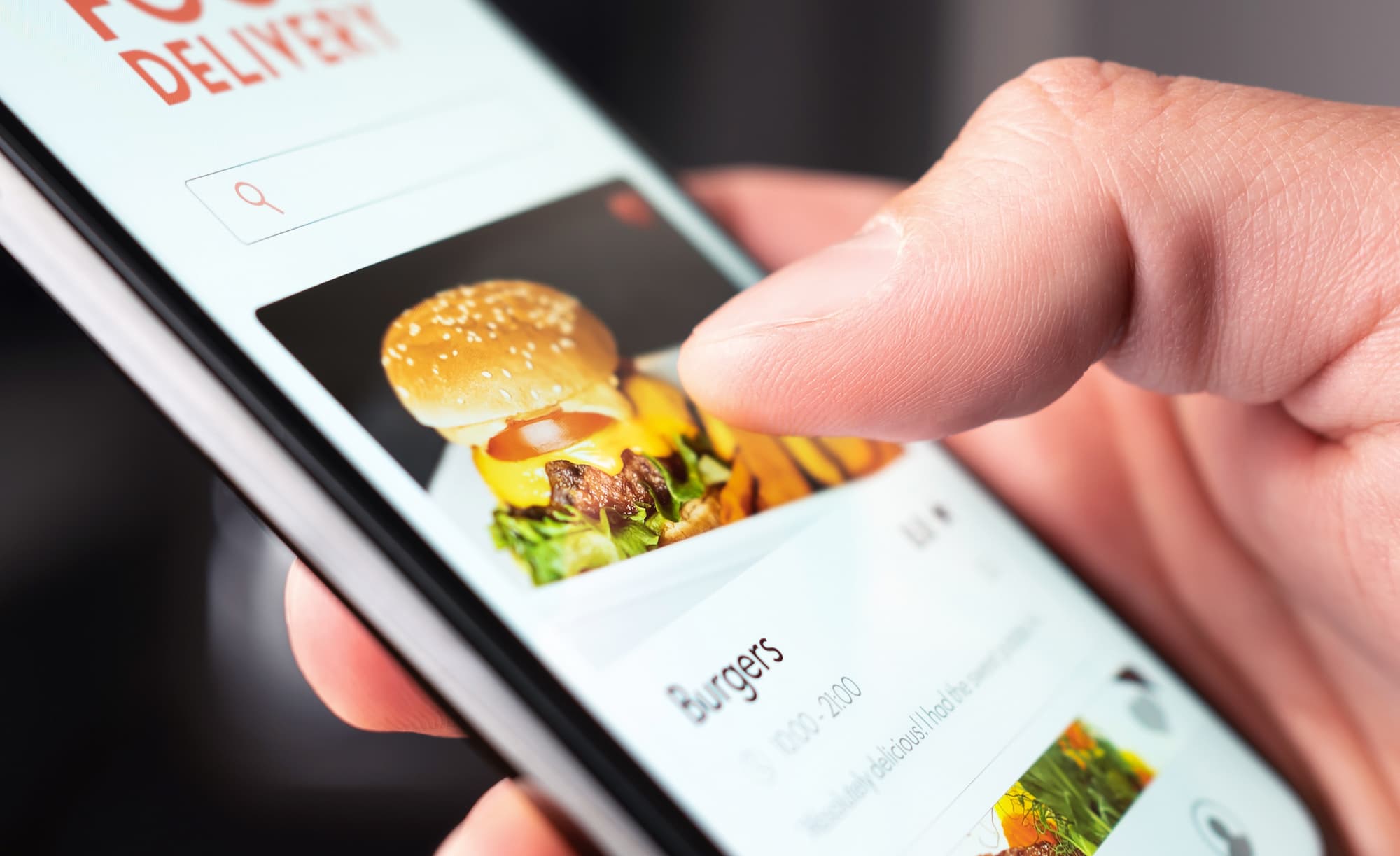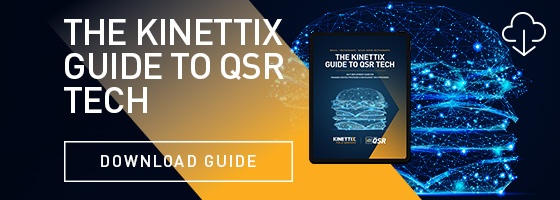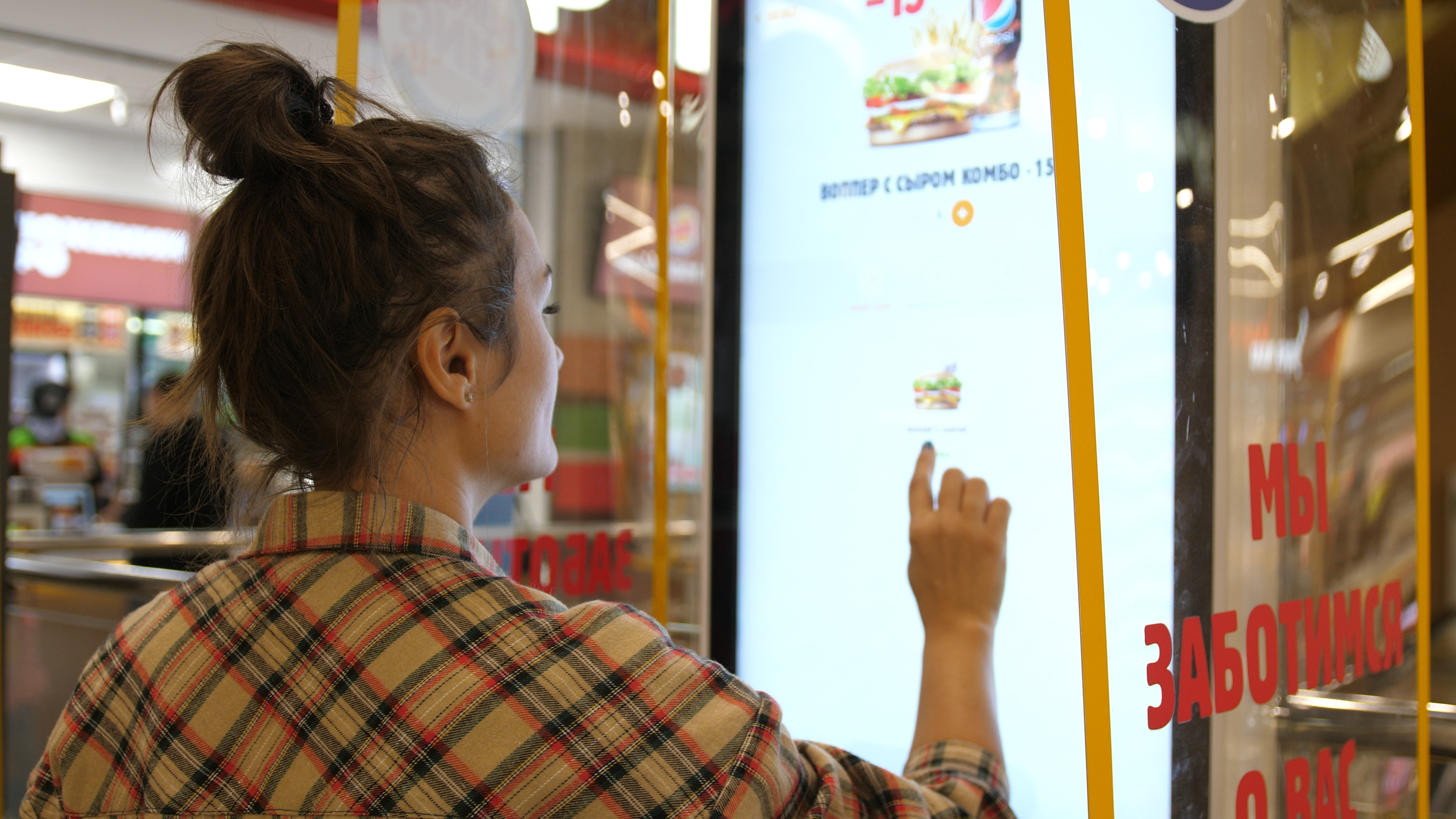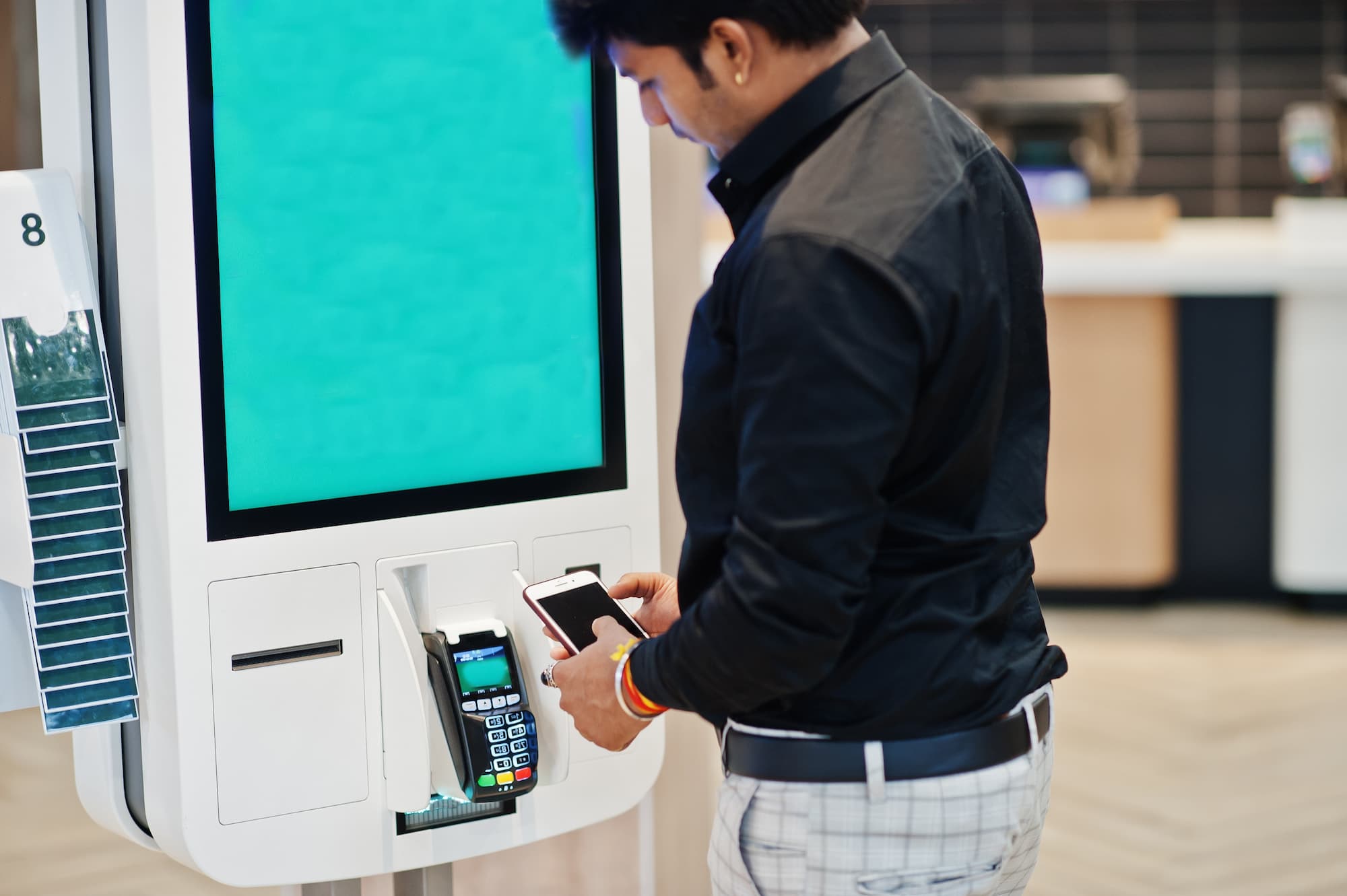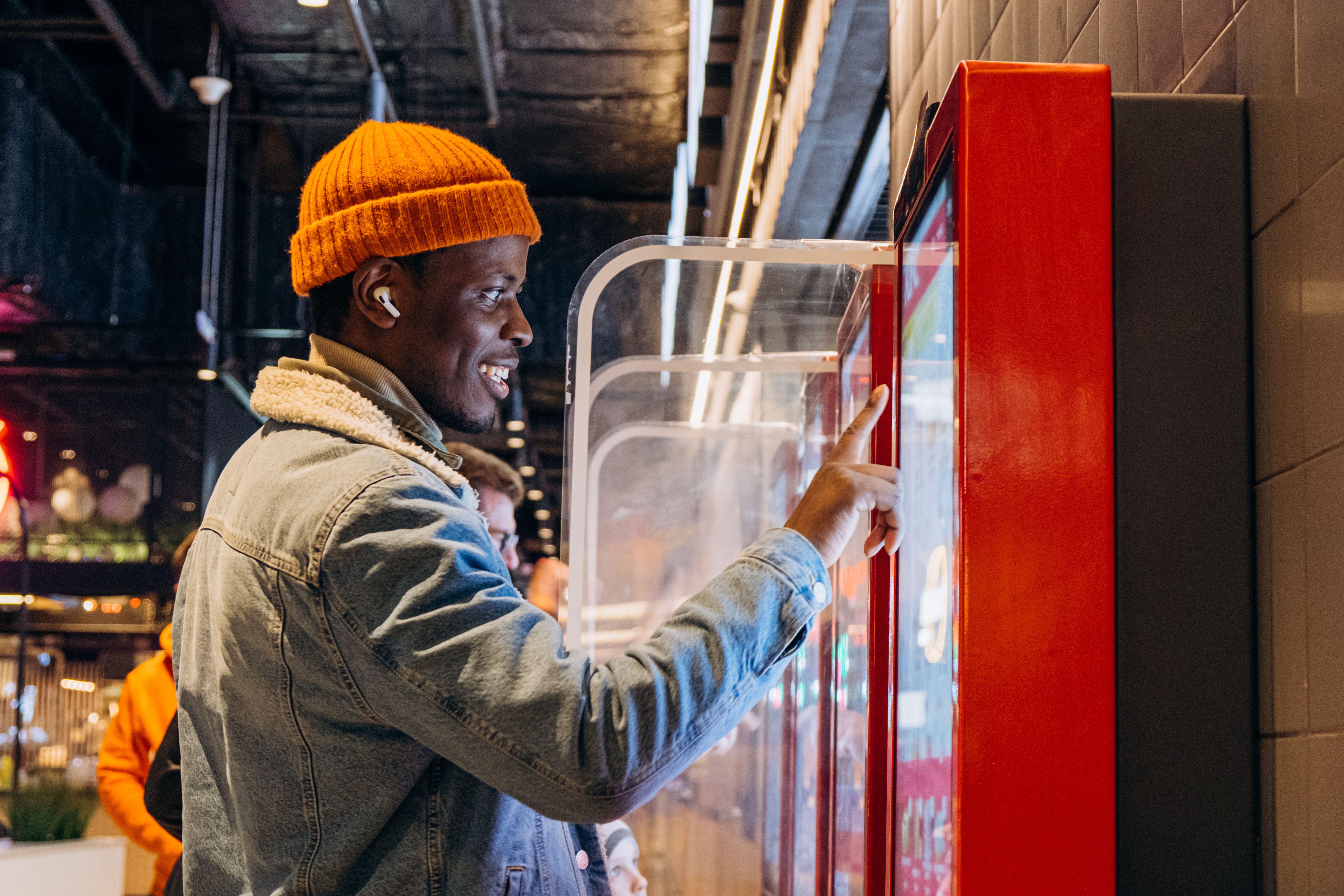In 2023, restaurants in the quick service industry are looking for anything they can do to stand out from the competition. From mobile ordering to self-service kiosks, digital transformation and customer experience reign supreme.
According to Salesforce, most consumers want businesses to understand their individual needs. However, 66% feel they are often treated like numbers. Quick service restaurant or QSR personalization is an emerging tool that addresses these concerns, providing the same tailored experiences and frictionless ordering customers have come to expect from eCommerce.
As a managed service provider (MSP) or original equipment manufacturer (OEM) for restaurant tech, it pays to have your finger on the pulse of the latest QSR trends. By understanding consumer behavior, you will be more prepared to solve the unique challenges your QSR clients face.
Let us look at some ways the quick service industry is leveraging personalization to improve customer experience and how you can more effectively deploy personalization tools and other technologies.
4 Examples of QSR Personalization in the Quick Service Industry
Omnichannel Experiences
One way QSRs are leveraging personalization is by creating omnichannel experiences. They are leveraging multiple communication channels simultaneously to reach consumers where they are and get the right message out at the right time.
Through these communication channels, QSR’s can build personal relationships with their customers. For example, they may use mobile apps to send push notifications around normal mealtimes to encourage customers to visit the store. Others rely on email marketing to promote weekly deals based on consumer behavior.
Likewise, observing the deals that entice consumers to purchase in specific communities provides QSR’s a deeper understanding of consumer preferences in the specific communities around their storefronts — rather than on a global basis. Tech-forward restaurants use this data to personalize their on-site advertising and easily adjust to consumer preferences using network connected digital signage and other related technologies.
One of the main takeaways here is that restauranteurs and franchise owners are seeking restaurant tech that can effectively integrate with their existing tools and create a unified, tailored experience. Make sure your contingent or in-house technicians have quick service industry experience and are equipped to install and repair these complex systems.
App Insights
Today, many quick service restaurants have their own branded apps. These built-in data collectors deliver a treasure trove of individual and collective consumer behavior, providing insight into a restaurant’s most popular menu items or ordering times. Many then use these data points to tailor products to their target customer base. Restaurants can also take these insights one step further by customizing suggestions and menu offerings within the app based on each user’s past purchases.
Imagine a regular at a fast-casual coffee chain, for example, consistently places mobile orders and never orders dairy milk. This is valuable information. The restaurant could leverage this data to suggest other non-dairy options and, when a new non-dairy milk is released, target this customer with ads and promotions about their new product.
Does your restaurant tech leverage data from mobile apps? What about IoT devices? If so, do you have technicians with the right skillsets to deploy these tools on time and within budget?
Customized Loyalty Programs
It’s no secret that loyalty programs are incredibly important for quick service restaurants. In many cases, earning loyalty points is one of the main reasons someone chooses one restaurant over another.
It is certainly a good idea to let customers choose whatever reward they want — like a free food item or upgrade — depending on how many points they’ve earned. However, restaurants in the quick service industry can take this one step farther and suggest a particular free item based on what you know about that person and their orders. This tactic allows them to feel seen and valued.
Geo-Fencing
Geo-fencing has become one of the most impactful technologies for QSR personalization. With geo-fencing and location-based marketing, quick service restaurants can receive a notification when customers with that brand’s app are within a certain radius. Then, the app can send a push notification suggesting that the customer place an order so it will be ready for pickup.
The overall goal of QSR personalization is to make it easier for customers to purchase. The fewer decisions they have to make, the more likely they are to choose that particular restaurant. By empowering your QSR clients to deploy these tools, you are more likely to meet your own business goals.
Streamlining Tech Deployments in the Quick Service Industry
Getting the right IT service in a restaurant setting can be challenging. There are unique quick service industry regulations and restricted time windows for service. Choosing the wrong IT field services partner for installations, repair, or maintenance can spell disaster for your project.
Kinettix solves this problem by providing on-demand techs anytime, anywhere in the world. We vet and indemnify our techs and manage events from end to end.
We can provide local techs or 24/7 management services for your techs to ensure that you complete, cost-effective coverage no matter where your technology is installed. Having provided services for some of the world’s largest restaurant brands, we are experts in the unique challenges of sanitary regulations and peak business hours that field services in restaurants entails. Contact us to get started.
Editor’s Note: This blog was originally published on June 2, 2021 but has been updated and republished with more current information.

